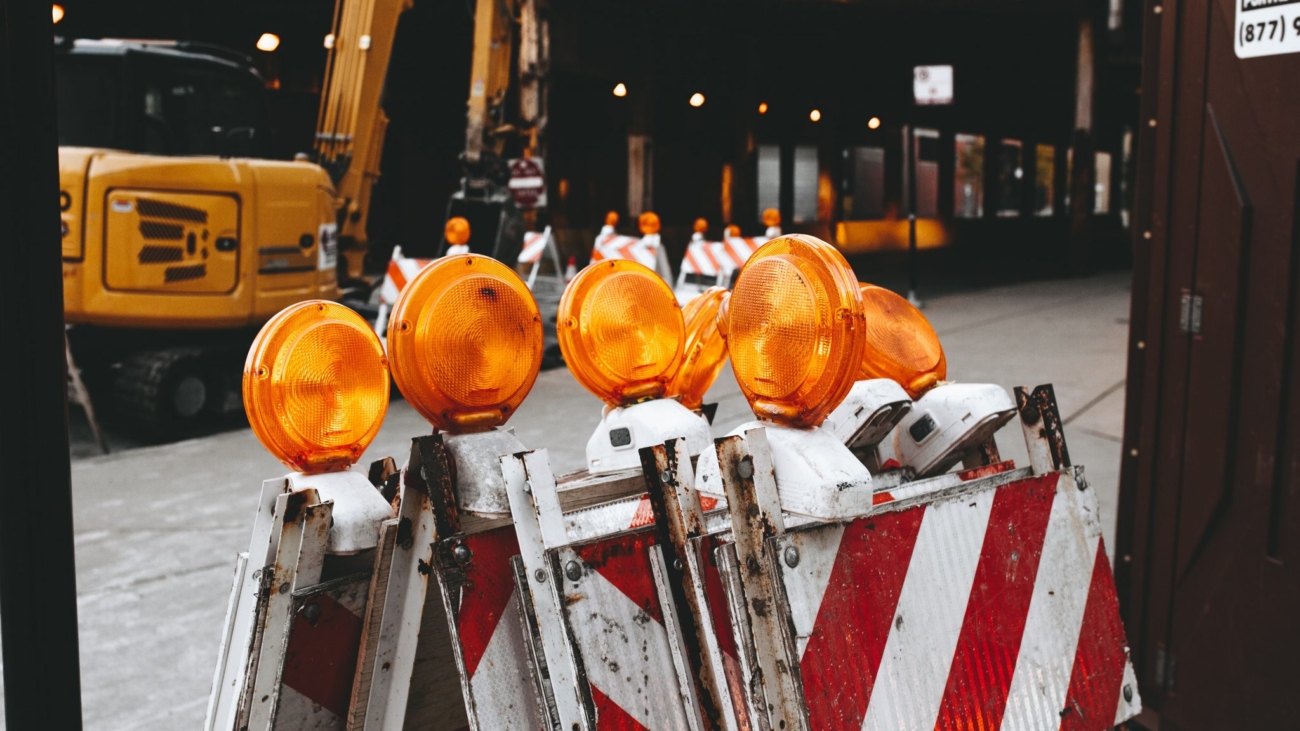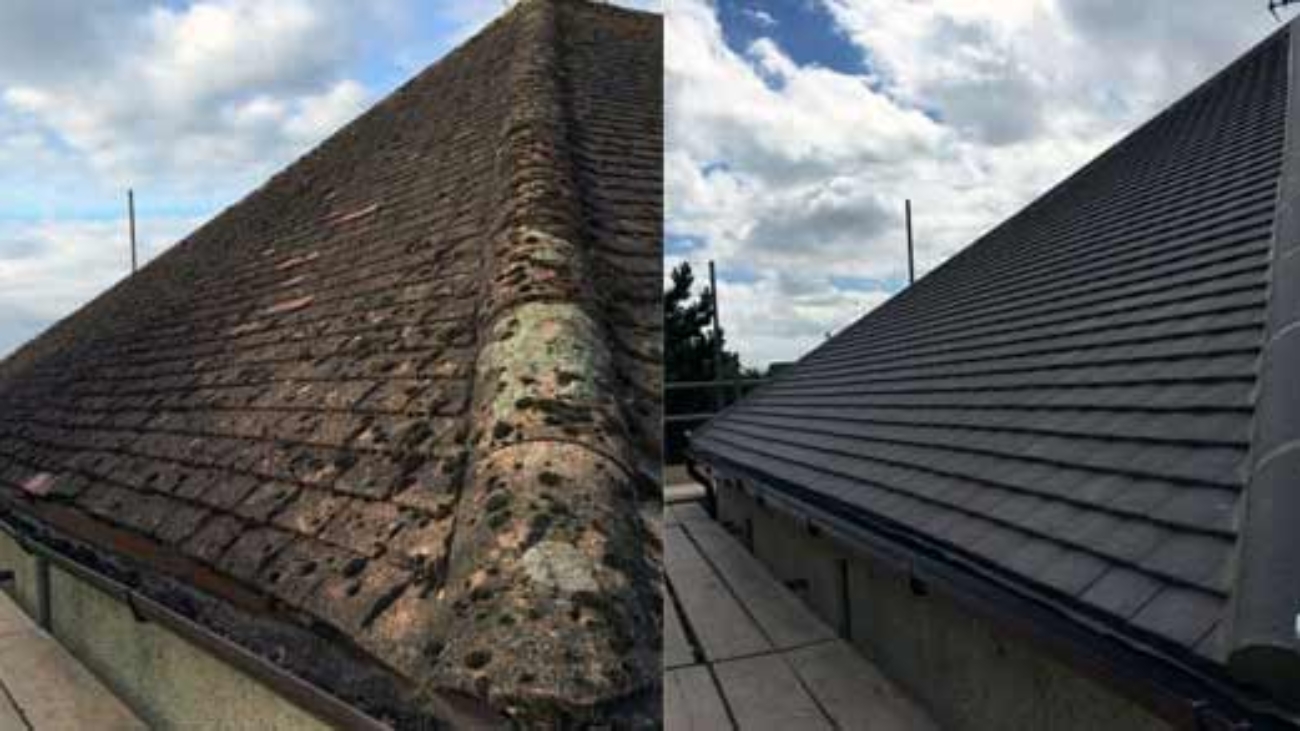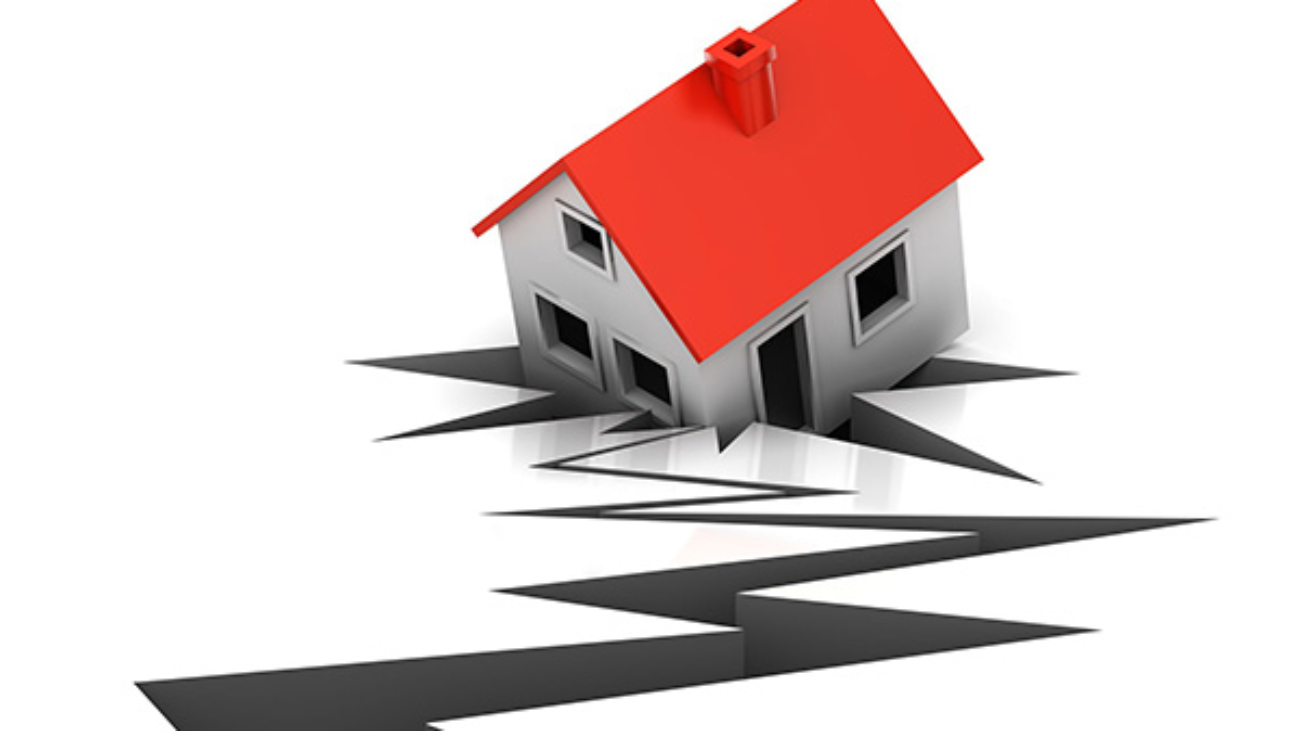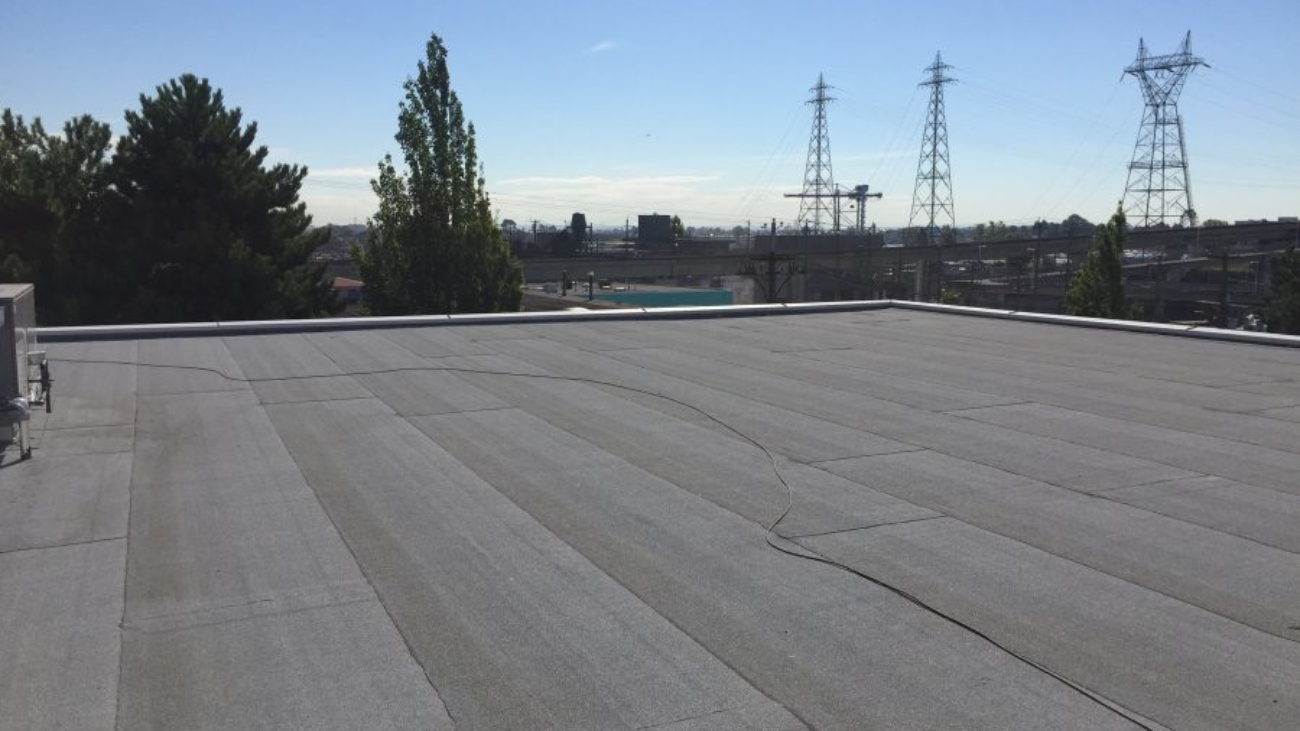Unfortunately, most of us have come across horror Roofing Scams stories about how a roofer took advantage of a homeowner and either charged too much or didn’t finish the work – and sometimes both.
These stories are troubling not only because it means that someone is out more money than they should be but also because it makes our job harder which is why we’ve put together this blog post to help people make correct, informed decisions about the roof.
Roofing scams try to get cash from a homeowner quickly and then disappear. Scammers will frequently be pushy and persistent when trying to have you sign a contract.
Hopefully, the following five questions can be applied to any roofing contractor and will help you avoid being scammed out of your hard-earned money.
1) Can They Provide An Accurate Roofing Quote?
No two roofs are like and as such, no roofing contractor can give you a reliable scope of work without a complete understanding and technical analysis of your home’s roof. An accurate roofing quote requires an estimator to actually visit your property, look at your roof and talk to you. If a roofer tries to give you a quote over the phone without actually seeing the property first then you know that it won’t be very accurate.
2) Is The Roofing Contractor Licensed And Insured?
Never let an unlicensed or uninsured roofing company fix your roof. Make sure they’re license is current and in good standing. You should review their insurance document to make sure it provides adequate coverage should any issues or claims arise. If they don’t have insurance and they are injured on the job or cause damage then you can be held responsible.
3) Does the roofer not offer Free Inspections?
The best roofing professionals offer a free inspection or estimate before they start working. For example, we provide you with a free detailed analysis so that you understand what needs to be done and just as important: why it needs to be done. On the other hand, scammers often demand some money upfront to provide an estimate of the work.
4) What Is Their Safety Record?
An important rule for any roofing company is “Safety First.” The best contractors provides ongoing safety training for their company. Ask them about any accidents they’ve had on the job and if you’re not satisfied with the answer you can check court records and the Better Business Bureau.
5) Do They Hold Themselves Accountable Through On-Site Supervision?
Lack of communication and accountability are the most common complaints roofing contractors receive. A negligent contractor might show up twice. Once, on the first day and then to deliver the bill when the job is over.
A reliable contractor will report back to you often, and is upfront with unforeseen issues, and have solutions at the ready should problems arise. They can do this because their job sites are overseen by on-site supervisors who ensure the process goes smoothly and to the customer’s benefit.
6) Does The Roofing Company Have An Online Presence?
When choosing a roofer, look for a website, online reviews, Better Business Bureau ratings, social media handles and any other data. Start by googling the company or the roofer’s name and see what you can find out about them. Some quick research can save you a lot of frustration and stress down the road. Scammers rarely have an online presence and either have bad reviews or no reviews at all.
7) Is The Roofer Too Pushy?
A good scam sometimes comes in the form of solicitation, showing up at your door and making you feel uneasy or forcing you to make a decision quickly. A good roofer provides you with facts and lets you make your own decisions. Lastly, be wary of any roofing contractor who goes door to door through your neighbourhood.
8) Does The Roofer Require Too Much Money Upfront?
If a roofing company asks for a down payment or full payment without offering any form of financing, think twice before giving them your money. Recognize a scam when a large down payment is required on a low quote roof repair. Chances are, if you make that down payment, the scammer will take your money and you’ll never see them again.
9) Does The Roofer Show Up After A Storm?
Many roof scammers are called storm chasers because they call or knock on doors right after a big rain or snowstorm. They’re trying to find easy targets by telling homeowners that their roofs were damaged by a recent storm. The truth is, professional roofing contractors are usually too busy after a storm to make house calls to strangers. If someone shows up on your front doorstep or calls you repeatedly, be very skeptical.
10) Does the Roofer Use Too Much Jargon?
It’s unfortunate that homeowners rely on roofing contractors to be the experts and its only human nature to trust what a roofer says. Most people don’t like to ask questions for fear it will make them look dumb or uneducated. However, it’s important to ask for details about exactly what’s wrong with your roof, and how it will be repaired. Don’t worry about appearances and ask for clarification if you need it.
11) Has the Roofer Been Involved with Insurance Fraud?
Stay away from a roofer who talks about cheating your insurance company. Some may offer to contact your insurance company to determine your coverage for roof repair, while others may try to hide the fraud in your estimate. Some scammers may even suggest faking reports or covering deductibles so they can charge more money. Besides being illegal, this is obviously a deal-breaker. Keep in mind if a roofer is willing to cheat your insurance company, they will cheat you, too.
The Bottom Line
Homeowners should be smart and do research when searching for a roofer, to be safe from Roofing Scams. It could save you money and prevent a whole lot of trouble. If you find a roofer that you can trust and who will do the job properly the first time around.
If you need a roof replacement from a reputable contractor, call our team at Cambie Roofing. We are happy to help with any questions you may have. Nothing is too big or too small for us. We look forward to hearing from you and assisting with your roofing repair needs, and you will be safe from Roofing Scams.






